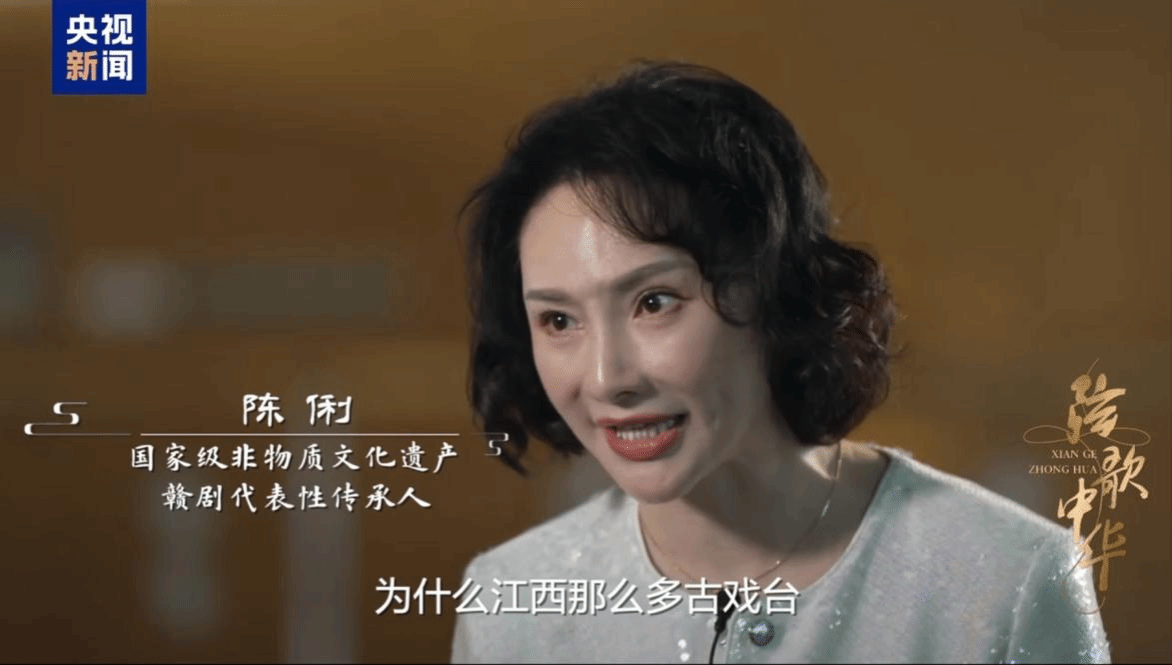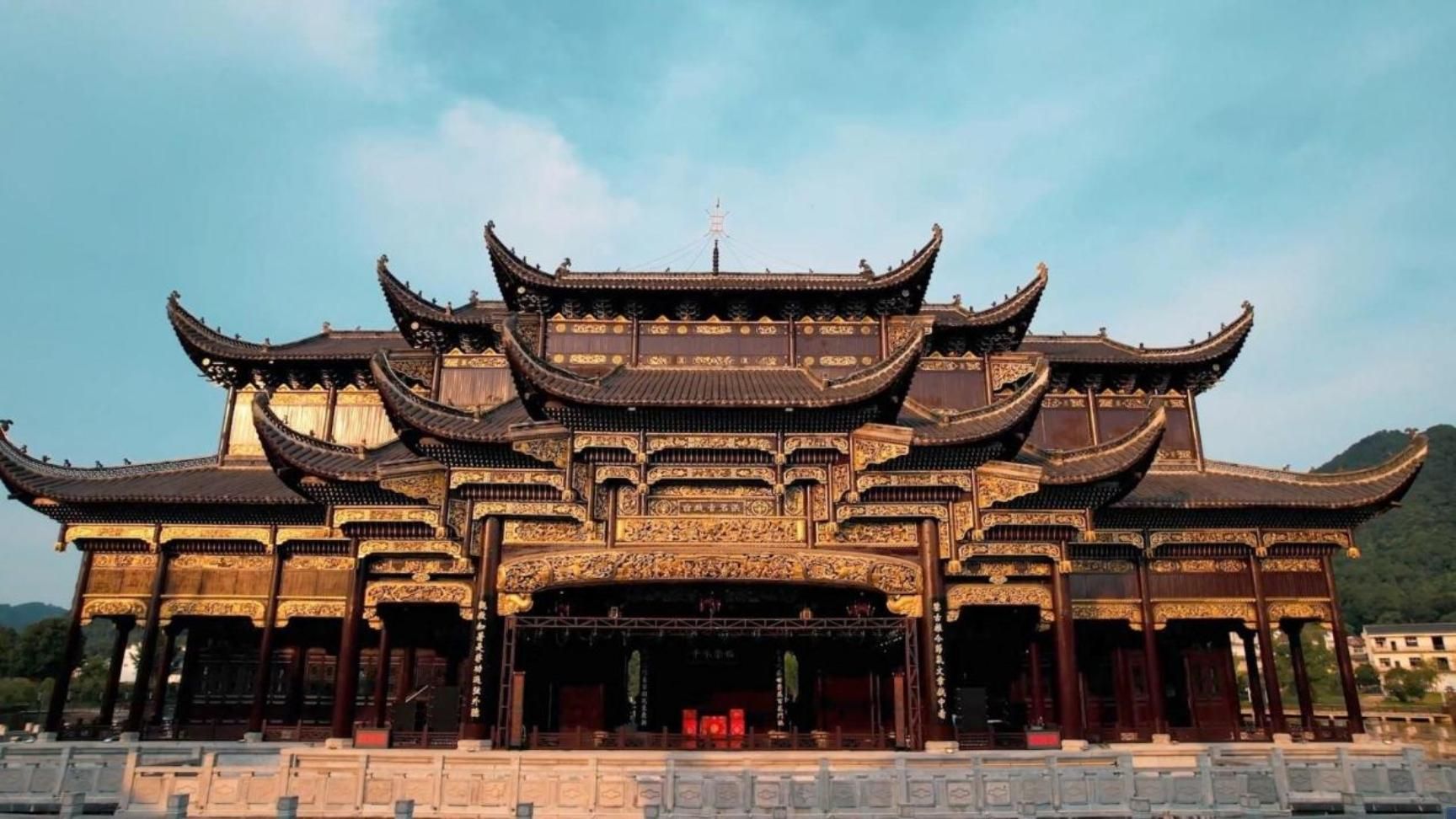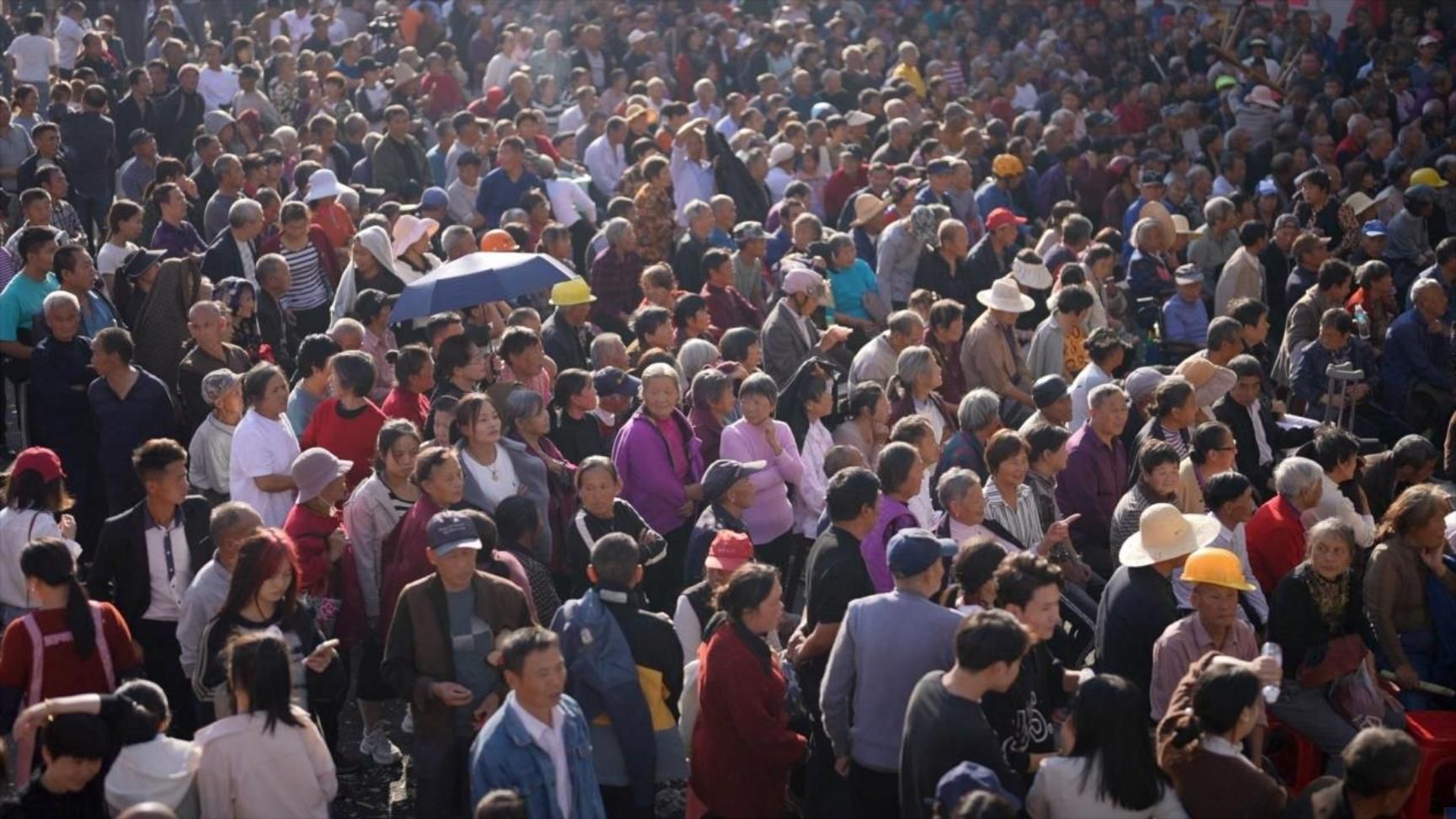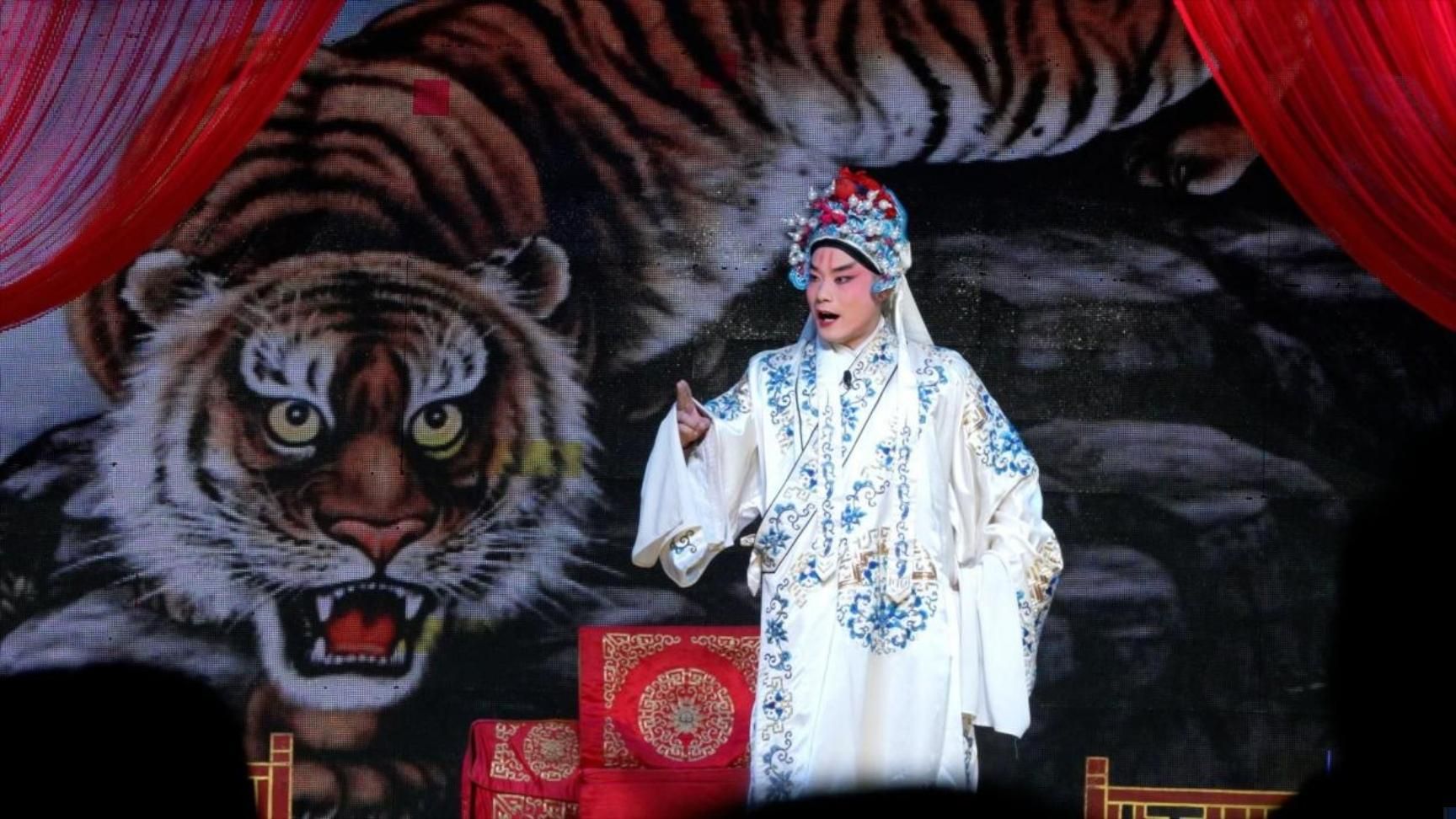Author: CCTV News | Time: 2025-10-08
Editor’s Note: On October 7, 2025, the CCTV News large-scale integrated media program “Strings of China” launched a special report named “Gan Opera: Full of Vitality on the Stage”. Chen Li, Professor from the School of Art of Nanchang University, and a representative inheritor of Gan Opera, the national intangible cultural heritage, has been invited to the program recording. Details are as follows:

When it comes to which Chinese provinces can boast a rich collection of operas, Jiangxi is certainly one of them. It is the birthplace of Gan Opera, the hometown of the great playwright Tang Xianzu, who created the masterpiece “Four Dreams of Linchuan”, and home to Leping, renowned as “China Ancient Stage Museum”.
Leping, Jiangxi, is a county-level city with a resident population of just over 700,000. It is home to more than 500 ancient and historically-inspired stages dating back to the Ming and Qing dynasties across its 290-plus administrative villages.

Traditional craftsmanship of building ancient stages was listed in 2014 as a representative item of national intangible cultural heritage.
How deep is Leping's love for opera? Though Leping, as a southern city in China, experiences high rainfall, locals ingeniously created dual-purpose stages for both fair and rainy weather to avoid interruptions.
The “fair-weather stage” faces outwards towards the square, accommodating thousands for open-air performances, while the “rainy-day stage” faces inwards towards the ancestral hall, connecting to the wing-rooms on either side of the courtyard. As a local saying goes, "Three days without opera makes one irritable; ten days without it leaves one listless." It demonstrates the locals’ passion for the opera. So, what on earth is the unique charm of Gan Opera?

Gan Opera preserves the legacy of China’s ancient theatrical arts. It originated from the Yiyang Tune, one of the four great vocal styles of the Ming Dynasty, and later integrated Kunqiang (the singing style of Kun Opera) and Luantan that spread into Jiangxi during the mid-Qing Dynasty. It was officially named “Gan Opera” in 1951.
With melodic vocals and splendid costumes, performers on the compact stage bring countless human stories to life through every movement, gesture, expression, and the sweep of their sleeves.. Gan Opera synthesizes literature, music, fine arts, dance, martial arts, and other artistic forms. From its four skills “singing, recitation, acting, and acrobatic fighting” to its five means “hands, eyes, body, methods, and steps”, Gan opera showcases the profound allure of traditional Chinese opera.

A traditional Gan Opera “Man Tang Fu (Full of Blessings)”
The charm of Gan Opera, spanning millennia, continues to resonate today on the ancient stages, where the sound of gongs and drums has still remained strong and invigorating. Gan Opera narrates the ancient and modern stories of Jiangxi Province, finding renewed vitality through a blend of heritage and innovation.